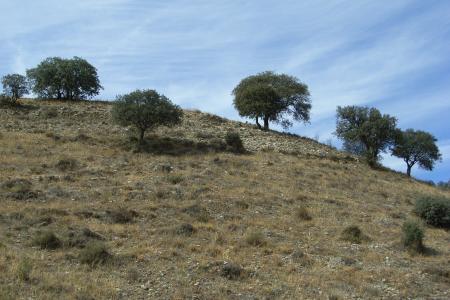
Objective:
Tuber melanosporum, the fungus that produces the priced Black Truffle, is adapted to Mediterranean droughts. Usually the production of truffles increases in years with higher precipitation. This hinted early farmers into watering the orchards to obtain better crops, but, what happens if we water too much? One of the reasons we do not find truffles in forests with abundant rains could be that in wetter conditions other fungi can outcompete T. melanosporum and displace it from the roots of the trees causing the disappearance of the fungus and the end to truffle production.
Context:
Farmers know that they cannot rely on natural precipitation to obtain good crops of truffles, but they do not know how much water they need to irrigate their plantations to have high truffle productions but not lose the fungus that produces them. The fact that the amount of water and the time it is delivered is critical for the orchards made it important to conduct the necessary research.
Contacts:
Carlos Colinas, carlos.colinas@udl.cat
Christine Fischer, christine.fischer@ctfc.es
Daniel Oliach daniel.oliach@ctfc.es
José Antonio Bonet, jantonio.bonet@udl.cat
Further information:
Olivera A, Bonet JA, Oliach D, Colinas C (2014) Time and dose of irrigation impact Tuber melanosporum ectomycorrhiza proliferation and growth of Quercus ilex seedling hosts in young black truffle orchards. Mycorrhiza 24:73–78. doi: 10.1007/s00572-013-0545-4